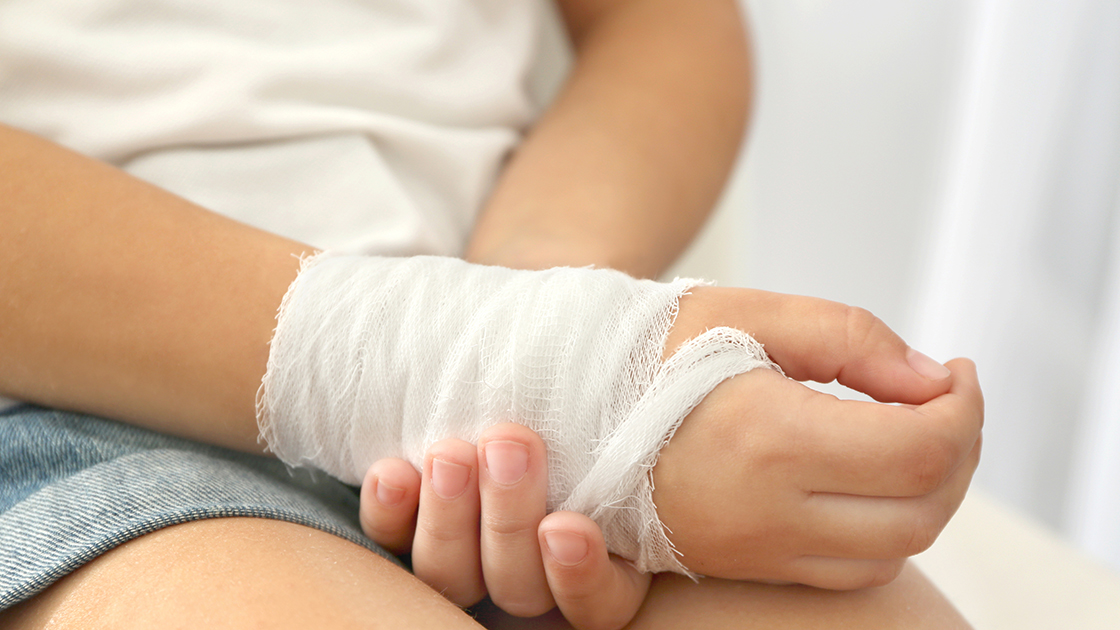Page Contents
Wound healing is a complex and intricate process that our bodies undertake naturally. However, advancements in medical technology have introduced innovative approaches to expedite this process. One such breakthrough is laser therapy for wound healing, a non-invasive and increasingly popular method for accelerating wound recovery. In this blog post, we’ll explore why administering laser therapy on wounds is gaining traction and delve into the remarkable effects it can have on the healing process.
Why Administering Laser Therapy on Wounds
a. Enhanced Blood Flow
One of the key reasons for administering laser therapy on wounds is its ability to enhance blood flow to the affected area. Laser light, when applied to the wound site, stimulates the production of nitric oxide, a vasodilator that widens blood vessels. This improved circulation brings essential nutrients, oxygen, and immune cells to the wound, expediting the healing process.
b. Reduced Inflammation
Inflammation is a natural response to injury but can hinder the healing process if prolonged or excessive. Laser therapy has been shown to modulate the inflammatory response by reducing pro-inflammatory markers and promoting anti-inflammatory cytokines. This anti-inflammatory effect helps create an optimal environment for tissue repair and regeneration.
c. Cellular Energy Boost
Laser therapy, often referred to as low-level laser therapy (LLLT) or cold laser therapy, involves the application of low-intensity light. This light is absorbed by mitochondria within cells, leading to an increase in adenosine triphosphate (ATP) production. ATP is the energy currency of cells, and this boost in cellular energy enhances the overall metabolic activity of cells involved in the healing process.
d. Accelerated Tissue Repair
Laser therapy promotes the synthesis of collagen, a crucial protein in the formation of new tissues. Collagen provides structural support to the healing wound, contributing to faster and more robust tissue repair. Additionally, laser therapy has been shown to accelerate fibroblast proliferation, the cells responsible for producing collagen and other connective tissues.
Laser Therapy’s Effects
a. Pain Reduction
Wound healing is often accompanied by pain, and laser therapy has demonstrated analgesic (pain-relieving) effects. By modulating pain signals and promoting the release of endorphins, laser therapy provides relief to individuals undergoing wound healing. This is particularly valuable in chronic wounds or conditions where pain management is a significant concern.
b. Minimized Scar Formation
Scarring is a natural part of the healing process, but laser therapy has shown promise in minimizing scar formation. By promoting more organized collagen deposition and reducing inflammation, laser therapy helps create a favorable environment for the formation of less noticeable scars.
c. Non-Invasive Nature
Laser therapy is non-invasive, meaning it does not require surgical incisions or the use of medications. This makes it a well-tolerated and low-risk option for individuals seeking accelerated wound healing without the potential complications associated with more invasive treatments.
In the realm of wound care, laser-driven healing emerges as a powerful ally in unlocking faster recovery. Moreover, the ability to enhance blood flow, reduce inflammation, boost cellular energy, and promote tissue repair positions laser therapy as a valuable tool in the pursuit of efficient and effective wound healing. As research and technology continue to advance, laser therapy holds great promise in revolutionizing the way we approach and expedite the healing process for various types of wounds. However, it’s essential to note that always consulting with healthcare professionals is crucial to explore the most suitable treatment options for individual cases.
